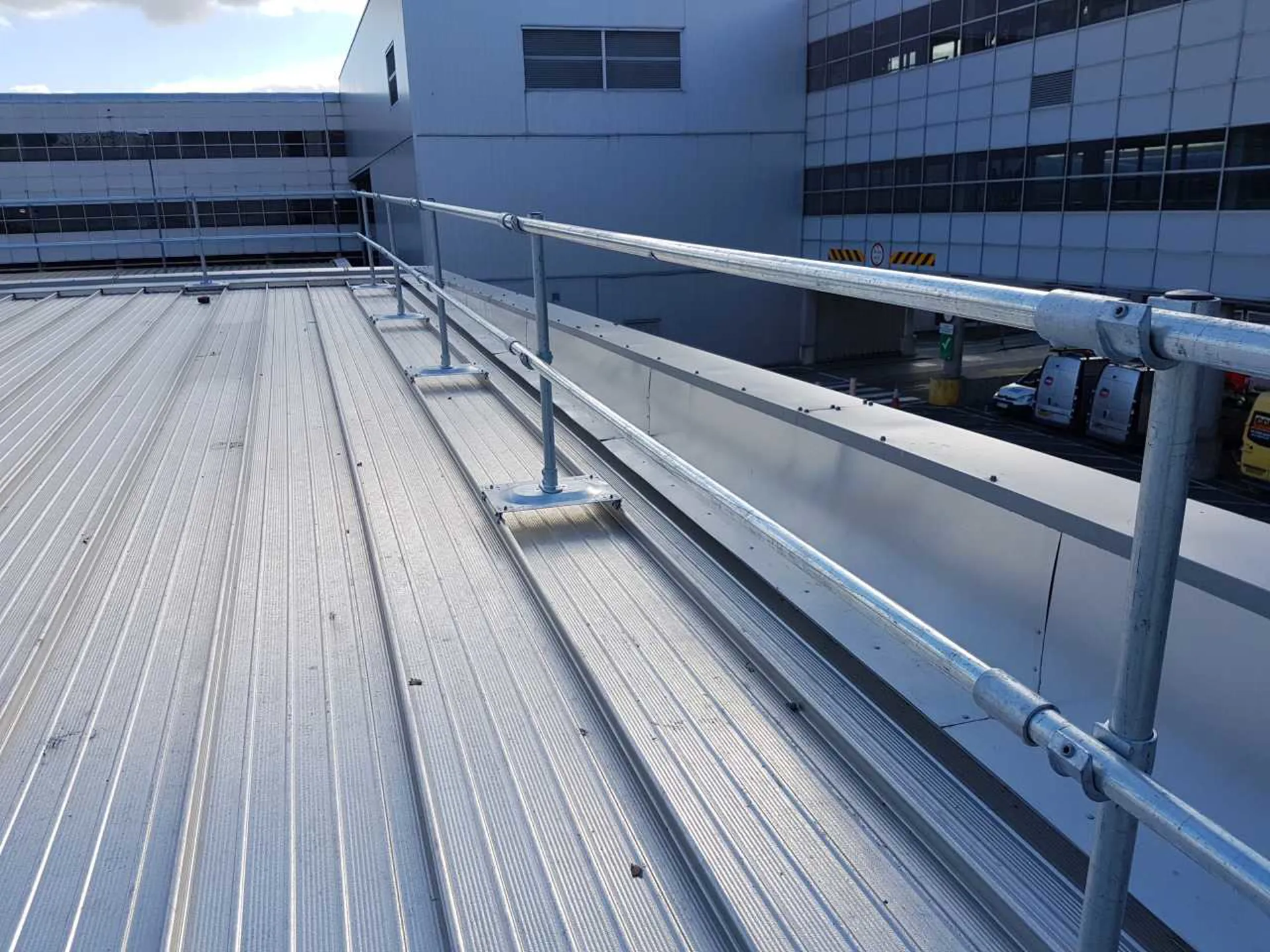

Are you grappling with the decision of installing the right guardrail system for your building? It's a common dilemma in the world of workplace safety: choosing between permanent and temporary guardrails. Both options can be compliant with OSHA regulations and offer fall protection, but they serve different needs and environments. Understanding the key differences between these two can help you make an informed decision for your building.

OSHA mandates fall protection for employees working or walking at heights of 4 feet or higher in general industry, and above 6 feet in construction. This protection must include a guardrail system that is approximately 42 inches in height. Whether you opt for a permanent or temporary guardrail system, adherence to OSHA standards is non-negotiable.
Before diving into the specifics, it's essential to understand what we mean by permanent and temporary guardrail systems.

Pros:
Cons:

Pros:
Cons:

The decision between a permanent and temporary guardrail system depends on several factors:
Conclusion: Both permanent and temporary guardrail systems play a crucial role in fall protection. At Kee Safety, we are committed to providing high-quality, reliable solutions for all your safety needs. Whether you require a permanent installation for ongoing protection or a temporary solution for a specific project, we have the expertise and products to keep your workplace safe.

At Kee Safety, we are committed to providing high-quality, reliable solutions for all your safety needs. Whether you require a permanent installation for ongoing protection or a temporary solution for a specific project, we have the expertise and products to keep your workplace safe. Consulting with a fall protection expert is crucial to tailor a solution that fits your unique facility, workforce, and processes. A competent professional can guide you through the options, ensuring OSHA compliance and optimal safety.
Contact us today to set up a consultation with a fall protection specialist in your area from Kee Safety.

Please fill in your details below and we’ll be in touch shortly.